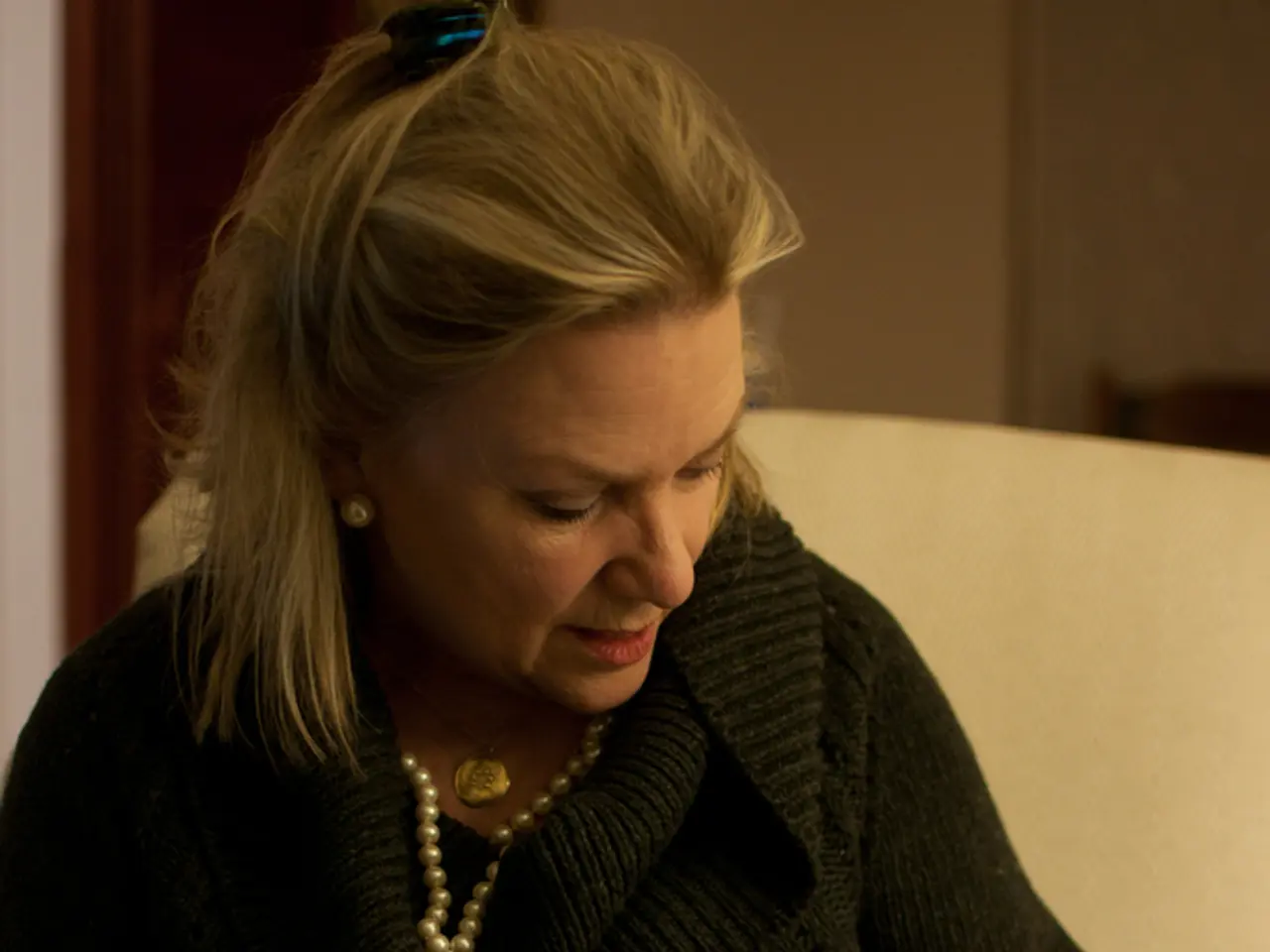Treatment Approaches Involving Monoclonal Antibodies Like Rituximab for MALT Lymphoma
MALT (mucosa-associated lymphoid tissue) lymphoma, a subtype of marginal zone lymphoma (MZL), requires careful management depending on the stage, symptoms, and response to therapy.
Localized Disease
For localized MALT lymphoma, the standard approach is involved-field radiation therapy (IFRT). This treatment achieves excellent disease control rates, even with reduced doses such as 24 Gy, ensuring durable disease control and low relapse rates [1].
Advanced or Refractory/Relapsed Disease
For patients with advanced-stage disease or those who do not respond to initial therapy, systemic therapy is recommended, particularly with the CD20 monoclonal antibody rituximab. Rituximab can be used as a single agent or in combination with chemotherapy such as chlorambucil or bendamustine [1].
Refractory/Relapsed MALT Lymphoma
For patients with refractory or relapsed disease, recent ESMO guidelines recommend a combination of rituximab plus lenalidomide (an immunomodulatory drug) [1]. In some cases, observation ("watchful waiting") may still be considered for asymptomatic patients, especially if the disease is indolent [1].
Role of Rituximab in MALT Lymphoma
Rituximab, as a monoclonal antibody targeting CD20, has become a cornerstone in the management of B-cell non-Hodgkin lymphomas, including MALT lymphoma.
Single-Agent Rituximab
For patients who are not suitable for aggressive therapy (e.g., older or frail patients), single-agent rituximab is a well-tolerated option with meaningful response rates, though data specifically for MALT lymphoma are more limited [1].
Rituximab-Based Combinations
When combined with chemotherapy, rituximab significantly improves outcomes compared to chemotherapy alone, a pattern well established for other B-cell lymphomas such as diffuse large B-cell lymphoma (DLBCL) and follicular lymphoma [1].
Maintenance or Re-Treatment
In clinical practice, rituximab may also be used for maintenance therapy or re-treatment upon relapse.
Treatment Success Rates
- For localized MALT lymphoma, IFRT achieves complete remission rates exceeding 90% in most series, with durable disease control and low relapse rates [1].
- Response rates in MALT lymphoma are generally high (often >70%) with rituximab monotherapy, though data on long-term remission and survival specifically for MALT lymphoma are less robust than for other MZL subtypes [1].
- In other B-cell lymphomas, the addition of rituximab to chemotherapy has improved complete response rates and event-free survival, but direct MALT-specific data are less comprehensive [2].
- The combination of rituximab with lenalidomide is a newer option for refractory/relapsed MALT lymphoma, but long-term outcomes data are still emerging [1].
Summary Table: MALT Lymphoma Treatment Options
| Treatment Strategy | Typical Use Case | Expected Response Rate | Durability | |------------------------------------|-------------------------------|----------------------------|---------------------------| | Involved-field radiation (IFRT) | Localized disease | >90% CR | Durable, low relapse | | Rituximab monotherapy | Advanced, ineligible for chemo | ~70%+ ORR | Variable, often durable | | Rituximab + chemotherapy | Advanced/aggressive disease | Higher than chemo alone | Improved EFS | | Rituximab + lenalidomide | Refractory/relapsed disease | Emerging | Emerging |
Conclusion
Rituximab—either alone or in combination—is an important component of systemic therapy for MALT lymphoma, especially for advanced, refractory, or relapsed disease [1]. Radiation remains the gold standard for localized disease [1]. Success rates are generally high for localized disease and meaningful for advanced disease, though long-term, MALT-specific survival data are less robust than for other B-cell lymphomas. Continued research is needed to optimize monoclonal antibody-based regimens specifically for MALT lymphoma.
[1] Falchier, L., et al. (2019). ESMO clinical recommendations for the treatment of marginal zone lymphoma. Annals of Oncology, 30(Suppl 7), v102-v118.
[2] Falchier, L., et al. (2019). ESMO clinical recommendations for the treatment of diffuse large B-cell lymphoma. Annals of Oncology, 30(Suppl 7), v136-v148.
- Rituximab, targeting CD20, has become a vital aspect in the management of B-cell non-Hodgkin lymphomas, especially MALT lymphoma, offering meaningful response rates, particularly for advanced, refractory, or relapsed disease.
- When used as monotherapy, rituximab response rates in MALT lymphoma are generally high (often >70%), though data on long-term remission and survival are less robust compared to other MZL subtypes.
- In the treatment of localized MALT lymphoma, involved-field radiation therapy (IFRT) achieves complete remission rates exceeding 90% and ensures durable disease control and low relapse rates.
- Science continues to advance in the field of health and wellness, as the combination of rituximab with lenalidomide is a newer option for refractory or relapsed MALT lymphoma, though long-term outcomes data are still emerging.




